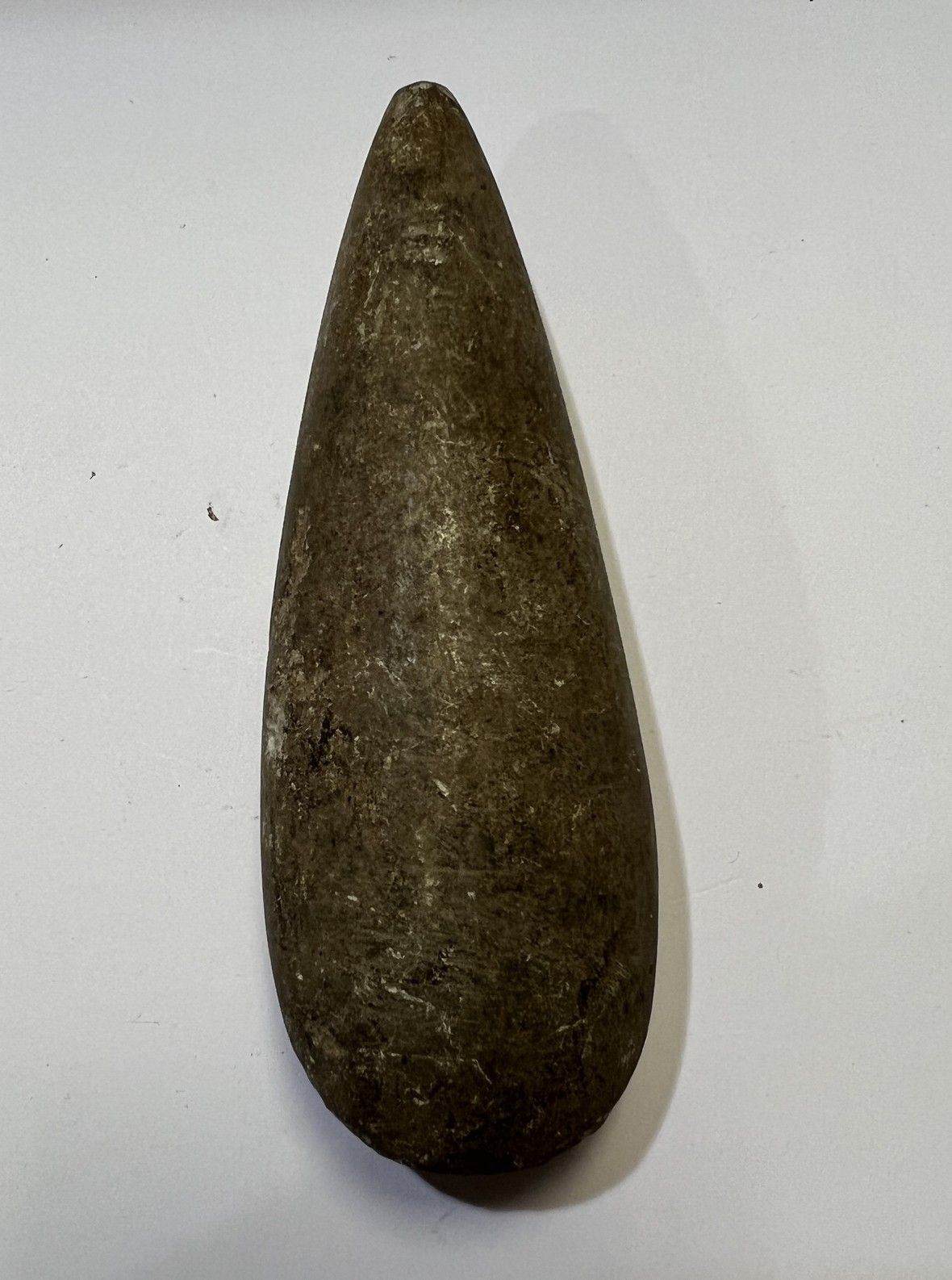Description
Pistilliform axe Grey stone. Scratches on one side. France, Neolithic l. 13 cm Collection of Henri Le Lièvre de la Touche (1851- ?), member of the Archaeological and Historical Society of Nantes and still in the family today.
182
Pistilliform axe Grey stone. Scratches on one side. France, Neolithic l. 13 cm Collection of Henri Le Lièvre de la Touche (1851- ?), member of the Archaeological and Historical Society of Nantes and still in the family today.
You may also like
